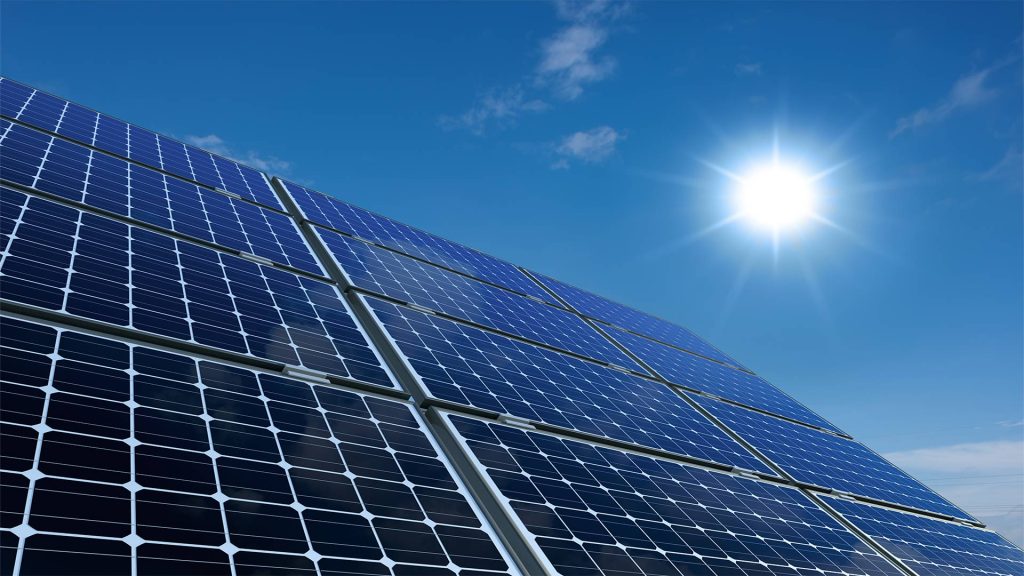Solar photovoltaic (PV) is a sustainable technology that works by converting sunlight into electrical energy. The implementation of solar products significantly reduces carbon dioxide emissions, contributing to decarbonisation and net zero goals.
There have been many solar trends and innovations in recent years, which have focused on enhancing efficiency, accessibility and aesthetics. The move from ‘P Type’ to ‘N Type’ solar cells to improve efficiency and life expectancy is a current example and looking forward to perovskite solar cells which are a type of solar PV cell that are highly efficient and affordable with great future potential.
Another innovation is the development of transparent solar cells, which have revolutionised solar integration. They can be incorporated into windows and glass surfaces, offering a more aesthetic appeal compared to traditional solar panels.
In addition, solar skins are another solar technology that are much less noticeable. Solar skins refer to the fine graphic coating that can be put over solar panels, making them more subtle and aesthetically pleasing for homeowners.
Furthermore, the concept of floating solar farms has also proved to be a successful way of harnessing energy. These solar panels are implemented on bodies of water, saving valuable space on land.
Solar energy efficiency is constantly improving with improved designs and materials that contribute to cost-effective and more practical applications. Solar solutions have advanced notably over the last few years and 2024 is set to see further developments.
Upcoming trends in solar technology include the utilisation of smart solar systems. This smart technology operates using revolutionary technologies such as AI, which can provide real-time monitoring and enhance energy production. AI-operated energy systems utilise algorithms to predict energy production and consumption, improving the efficiency and effectiveness of solar power systems.
Bifacial solar panels are another example of an emerging solar technology. These solar panels capture sunlight from both sides, increasing the supply of energy. They are gaining in popularity as they are more productive and economical than traditional panels. The dual glass element of the design is also favourable with insurance companies looking to further reduce the fire risks associated with solar PV installations.
Firefighter gateways are an example of a centralised safety management system that helps to meet insurance requirements. The device enables firefighters to either manually or automatically halt the production of a SolarEdge PV systems in the event of an emergency, ensuring the safety of both firefighters and other individuals.
Energy storage solutions are highly beneficial for and businesses that utilise solar technology, as they play a vital role in maximising the advantages that can be gainedt. Solar battery storage captures any excess electricity generated by solar panels during daylight hours, and saves this energy to be utilised when the sun is not shining, reducing reliance on the grid. Storing renewable energy in this way also reduces dependence on fossil fuels, so lowers greenhouse gas emissions, contributing to a greener environment.
There have been many successful solar projects that showcase the versatility and scalability of solar PV systems, including solar-powered communities and solar installations in urban areas.
London is one of the most solar-friendly areas in the UK. For instance, Blackfrairs Solar Bridge, which is situated on the River Thames, has proved to be a successful example of integrating solar technology into an urban area. The roof of the bridge holds 4,400 photovoltaic panels, providing a significant energy source. This highlights the effective integration of sustainable solar technology into urban infrastructure.
